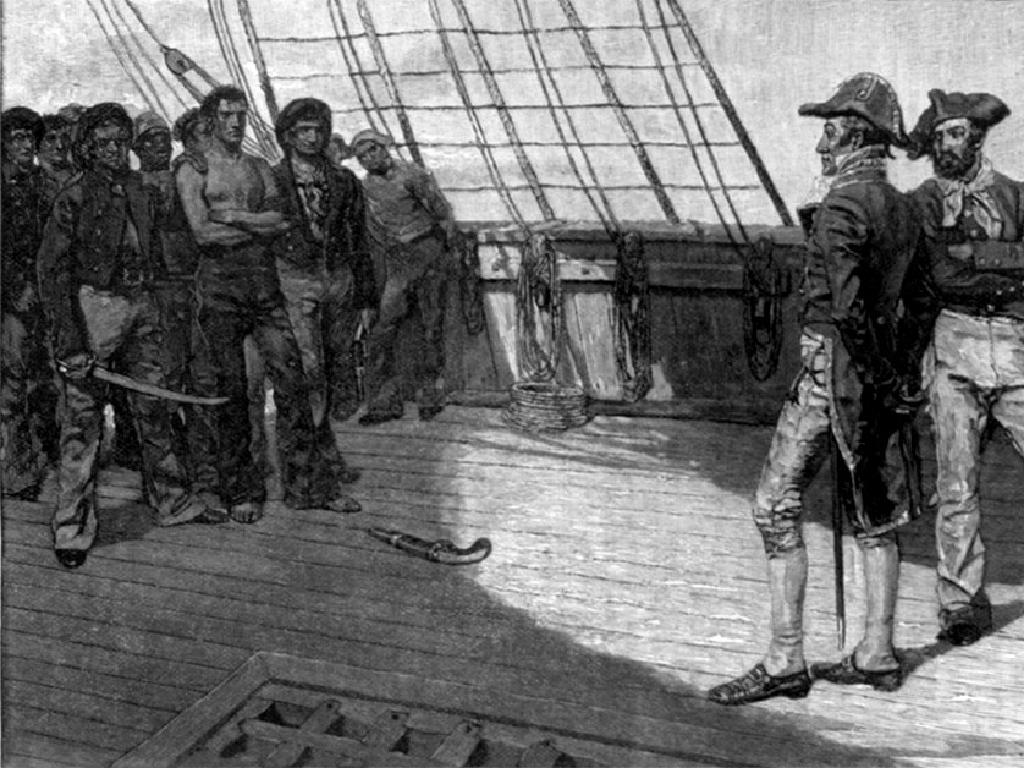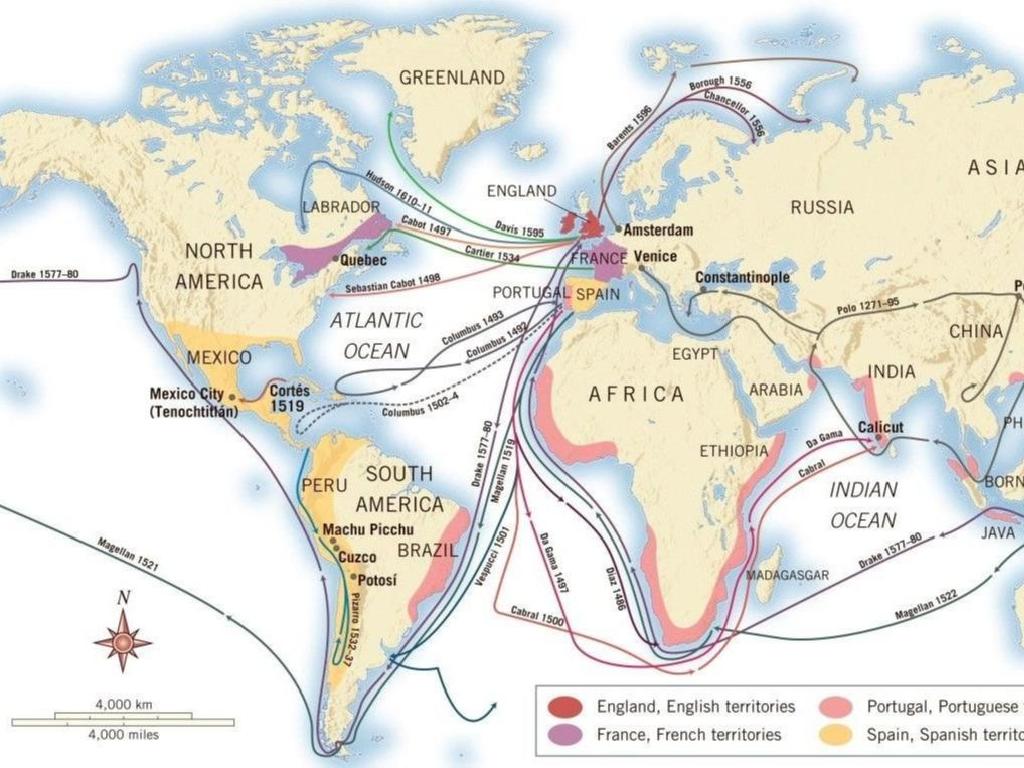The Qin Empire
Subject: Social studies
Grade: Seventh grade
Topic: Early China
Please LOG IN to download the presentation. Access is available to registered users only.
View More Content
Exploring the Qin Empire in Early China
– Introduction to the Qin Empire
– First imperial dynasty of China, unifying the country.
– Timeline of Early China
– The Qin Empire lasted from 221 to 206 BCE.
– Significance of the Qin Dynasty
– Established the first centralized state.
– Qin’s impact on modern China
– Legalism, infrastructure, and the Great Wall are lasting legacies.
|
The Qin Empire, known for its remarkable role in shaping early China, was the first dynasty to unify the country under a centralized government. The empire’s timeline, from 221 to 206 BCE, marks a significant period where major reforms were implemented, including the standardization of currency, weights, and measures, and the construction of roads. The Qin Dynasty’s legalist approach to governance laid the foundation for future empires. Its impact is still evident in modern China, with the Great Wall serving as a symbol of the enduring legacy of the Qin’s ambitious infrastructure projects. Encourage students to reflect on how the Qin Dynasty’s policies and achievements have influenced the China we know today.
The First Emperor: Qin Shi Huang
– Qin Shi Huang: China’s unifier
– First Emperor of a unified China, founder of the Qin dynasty
– His ascent to power
– Rose from the king of Qin state to conquer and unify all warring states
– Centralization in the empire
– Implemented centralized government, replacing feudal states
– Standardization of systems
– Standardized currency, weights, measures, and even script across China
|
Qin Shi Huang was a pivotal figure in Chinese history, known for unifying China and becoming its first emperor. His rise to power marked the end of the Warring States period. Once in power, he centralized the government, which helped to consolidate his control over the newly unified country. He also implemented widespread standardization, which was crucial for the administration of such a vast empire. These reforms included standardizing the currency, weights, and measures, as well as the written script, which facilitated communication and trade. Discuss the impact of these changes on China and how they set the stage for future dynasties.
Achievements of the Qin Dynasty
– Terracotta Army creation
– A vast collection of sculptures depicting Qin Shi Huang’s armies.
– First Great Wall construction
– A massive wall built to protect against invasions.
– Roads and currency development
– Standardized roads and currency unified the empire.
|
The Qin Dynasty, known for its remarkable achievements, left a lasting legacy on China’s infrastructure and culture. The Terracotta Army, consisting of thousands of life-sized sculptures, was created to accompany the first Emperor in the afterlife, reflecting the empire’s artistic and religious values. The construction of the Great Wall, although now mostly in ruins, was an unprecedented engineering feat that laid the foundation for the wall as we know it today. The development of a standardized road system and a unified currency facilitated trade and communication throughout the empire, contributing to its economic strength. These achievements not only exemplify the Qin Dynasty’s power and organization but also its enduring influence on subsequent Chinese history.
Legalism in the Qin Empire
– Definition of Legalism
– A philosophy emphasizing strict laws and harsh punishments
– Legalism’s role in Qin governance
– Centralized power, uniform laws, and strict enforcement
– Comparing Legalism, Confucianism, Daoism
– Legalism focuses on law, Confucianism on morality, Daoism on harmony with nature
|
Legalism played a crucial role in the formation of the Qin Empire’s powerful state. It’s a political philosophy that prioritizes order through strict laws and harsh punishments, contrasting with Confucianism’s emphasis on moral virtue and Daoism’s focus on living in harmony with the Tao. The Qin Dynasty used Legalism to unify China, standardize various aspects of society, and maintain control. In this slide, students will learn about the principles of Legalism and how it shaped the governance of the Qin Empire. They will also compare and contrast Legalism with the other two major Chinese philosophies, Confucianism and Daoism, to understand the different approaches to life and governance in ancient China.
The Fall of the Qin Dynasty
– Causes of the Qin downfall
– Harsh legalist policies and heavy taxes led to public discontent.
– Peasant revolts’ impact
– Peasant uprisings weakened the Qin’s control and military.
– Internal strife’s role
– Power struggles and assassinations created instability.
– Transition to the Han Dynasty
– The Han Dynasty rose from the chaos, promising reforms.
|
This slide examines the factors that contributed to the collapse of the Qin Dynasty. Discuss the oppressive legalist policies and burdensome taxes that fueled widespread dissatisfaction among the people. Highlight the significance of peasant revolts, which played a crucial role in undermining the dynasty’s authority. Explore the internal conflicts, including power struggles and assassinations, which further destabilized the regime. Conclude with the emergence of the Han Dynasty, which capitalized on the turmoil to establish a new era of governance. Encourage students to consider how these events illustrate the impact of governance on societal stability and the potential for change when a government does not meet the needs of its people.
The Legacy of the Qin Empire
– Lasting impacts on China
– Standardized weights, measures, and scripts unified China.
– Qin’s influence on modern China
– Infrastructure like the Great Wall still influences China’s identity.
– Harsh rule and societal progress
– Legalist policies were strict but also centralized power and culture.
– Reflecting on Qin’s dichotomy
|
The Qin Dynasty, though short-lived, left an indelible mark on the fabric of Chinese history. Its standardization of weights, measures, and scripts helped to unify a diverse land and lay the groundwork for a centralized state. The massive infrastructure projects, such as the Great Wall, not only served defensive purposes but also stand as a testament to the empire’s lasting influence on China’s cultural identity. The harshness of Qin’s Legalist policies, which prioritized strict laws and centralized power, is often contrasted with the progress these policies brought about. This slide encourages students to reflect on the complexities of the Qin Empire’s legacy and how its foundational changes have shaped modern China.
Class Activity: Create Your Dynasty
– Imagine being an emperor/empress
– Outline your own dynasty in groups
– Name your dynasty, create a flag, and a motto
– Decide on laws and culture
– What rules would you enforce? How would you celebrate culture?
– Plan for achievements and unity
– What great works would your dynasty be known for? How would you bring people together?
|
This activity encourages students to apply their knowledge of the Qin Empire by creating a dynasty of their own. Divide the class into small groups and have them brainstorm what kind of ruler they would be. They should consider the laws they would enact, the cultural aspects they would promote, the achievements they would strive for, and how they would unify their empire. Each group will outline their ideas and present them to the class. Provide guidance on historical examples for inspiration, and encourage creativity. Possible activities: designing a flag, writing a motto, outlining a legal code, planning cultural festivals, and proposing architectural projects to symbolize their dynasty’s glory.






